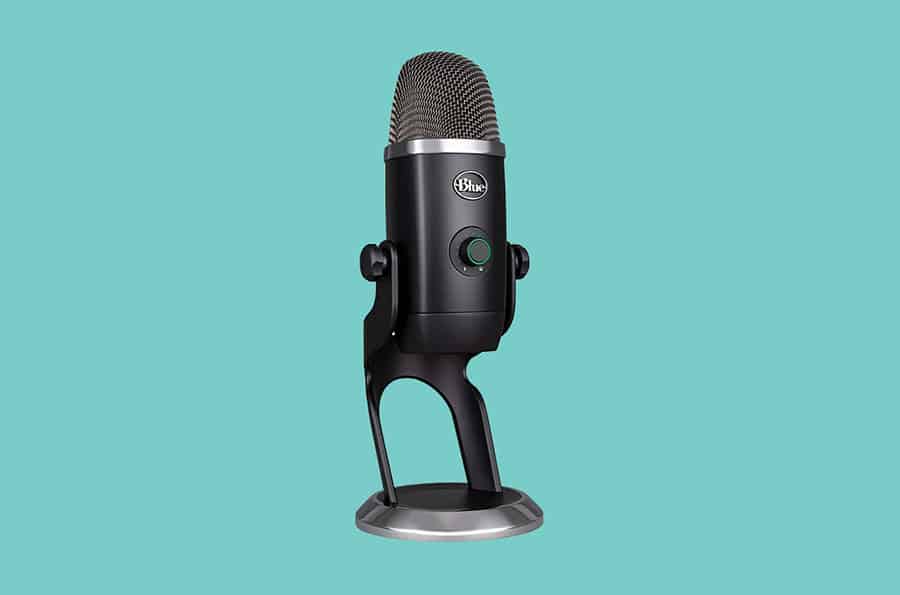The Blue Yeti microphone is a high-quality microphone that allows for you to record interviews and podcasts without too much noise interference. But when you realize you are breathing heavily into the microphone and the recording is picking it up, you will want to do a few things to minimize this breathing sound: the first is to place the Blue Yeti at an angle away from your mouth so that the breath doesn’t directly hit the microphone when you speak. You should also learn to control your breathing, speak more slowly, relax, and breathe through your nose when you record to minimize the breathing noises.
Find more tips in the recording section of our editing tips article.
Contents
Does the Blue Yeti have noise suppression?
The Blue Yeti microphone’s latest version, Blue Yeti X, comes with the Blue VO!CE software that has built-in noise suppression, as well as the ability to modify low frequency noises. Because it is built-in, it automatically suppresses unwanted noises to produce high quality audio. However, just because it comes built in with this feature, you will still need to manage your breathing to keep the sounds of breathing down during the recording process.
Related: Pop Filter For Blue Yeti
How can I reduce my breathing noises on a microphone?

Breathing techniques and microphone placement allow for better reduction of breathing noise when recording with the Blue Yeti. Image Source.
Microphone placement and breath management are key to enhancing the vocal quality of your recording. When recording, ensure the microphone is slightly off-axis to your mouth, meaning that when you speak, your mouth is either above the microphone, below it, or slightly to the side of it. When you speak directly into the microphone head-on, it will pick up more of your breathing noise and saliva.
The volume that you are recording at also plays a part. Adjust the volume on the microphone to ensure that you are at an appropriate level of volume that will not pick up unwanted breathing noise. Some other tips include speaking slowly, breathing through your nose and not your mouth, taking fewer breaths, relaxing and stretching your body, and maintaining good posture. You can also use a pop filter or a noise reduction filter attachment on your microphone. Use sound editing programs to cut out the unwanted noises after the fact.
Related: How To Optimize Your Blue Yeti Mic Settings
How to Position the Blue Yeti to Minimize Breathing Noise
To minimize breathing noises, make sure your Blue Yeti is positioned at a 45 degree angle away from your mouth. As mentioned before, your mouth should never be directly speaking into the microphone but at an angle such as above, below or to the side of the mic.
Related: Boom Arm With Big Clamp: Top Brands to Choose From
Summary
In order to minimize breathing on the Blue Yeti microphone, you will want to position the microphone in a way that keeps the breath from hitting the microphone head-on. You should also work to stretch and relax before you record, making sure your heart rate is steady and you can breathe through your nose. Take longer breaths before and after it is your time to speak. If all else fails, use sound editing programs to either cut out the sounds or turn the volume down on them when they arise after the recording is finished.